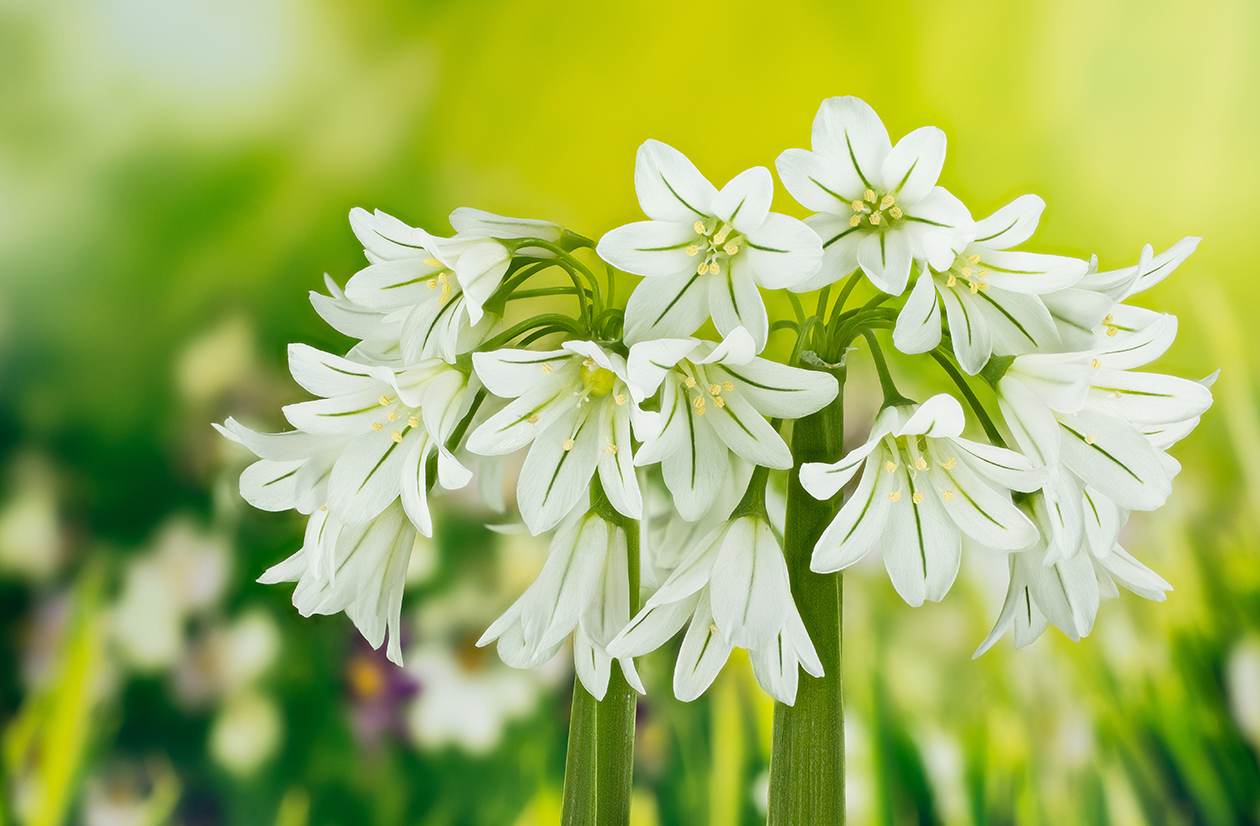Invasive plants and the law
There are over 200 invasive species that have been introduced to the UK and now thrive, some of which are legally banned from being planted in the wild, some governed by laws that mean you cannot allow them to spread outside of your property and others that are governed by tight regulation or Acts that mean you could be involved in a legal battle if you don’t show evidence of controlling the species, for instance Common ragwort. At a glance here are the common offenders:
Banned plants:
- Japanese knotweed
- Giant hogweed
- Himalayan balsam
- Three cornered garlic
- Rhododendron ponticum
- New Zealand Pigmyweed (aquatic)
Heavily regulated:
- Common ragwort – not banned but carries its own Code of Practice
- Broad-leaved dock
- Curled dock
Why are they banned?
Because of the invasive growth pattern of these plants, government laws or Codes of Practice have been put in place to protect our environment and biodiversity. This has been done because species such those listed above have the ability to out-compete our native species by growing so prolifically they deplete oxygen and sunlight levels to the point where only the invasives can survive.
In Scotland the Wildlife and Natural Environment Act (Scotland) 2011 states that it is illegal to plant any non-native plant in the wild in Scotland.
Elsewhere in the UK it is an offence to plant or cause to grow in the wild plants that are listed on Schedule 9 of the Wildlife and Countryside Act (1981).
Additionally, in April 2014 a ban on sale of five of the worst invasive water plants in the UK came into force, these are:
- Water fern
- Parrot’s feather
- Floating pennywort
- Australian swamp stone-crop (New Zealand pygmyweed)
- Water primrose
EU Regulation on Invasive Alien Species still applies in the UK, and lists 36 plants that should not be planted or enabled to grow in the wild. They are banned from sale and gardeners who have planted them should undertake measures to control them.
What you should do
- Avoid buying or planting plants known to be invasive.
- Choose plants for your garden carefully, avoiding those that spread by airborne seeds that can be transported by wildlife or birds to the wild.
- If you have invasive plants on your land it’s important that they are controlled, or if you want to get rid of them ensure they are treated or removed by a professional company, especially if they are required to be removed to a licensed landfill.
If in doubt?
If you’re not sure whether you have an invasive plant, there are some key signature traits to watch for:
- The plant grows extremely quickly
- The plant spreads over other plants or pops up in a neighbour’s property
- The plant growth is such that it kills off other plants
We advise using our free ID Tool to be certain or if you suspect an invasive please stop the spread and book a survey by using the form below.


